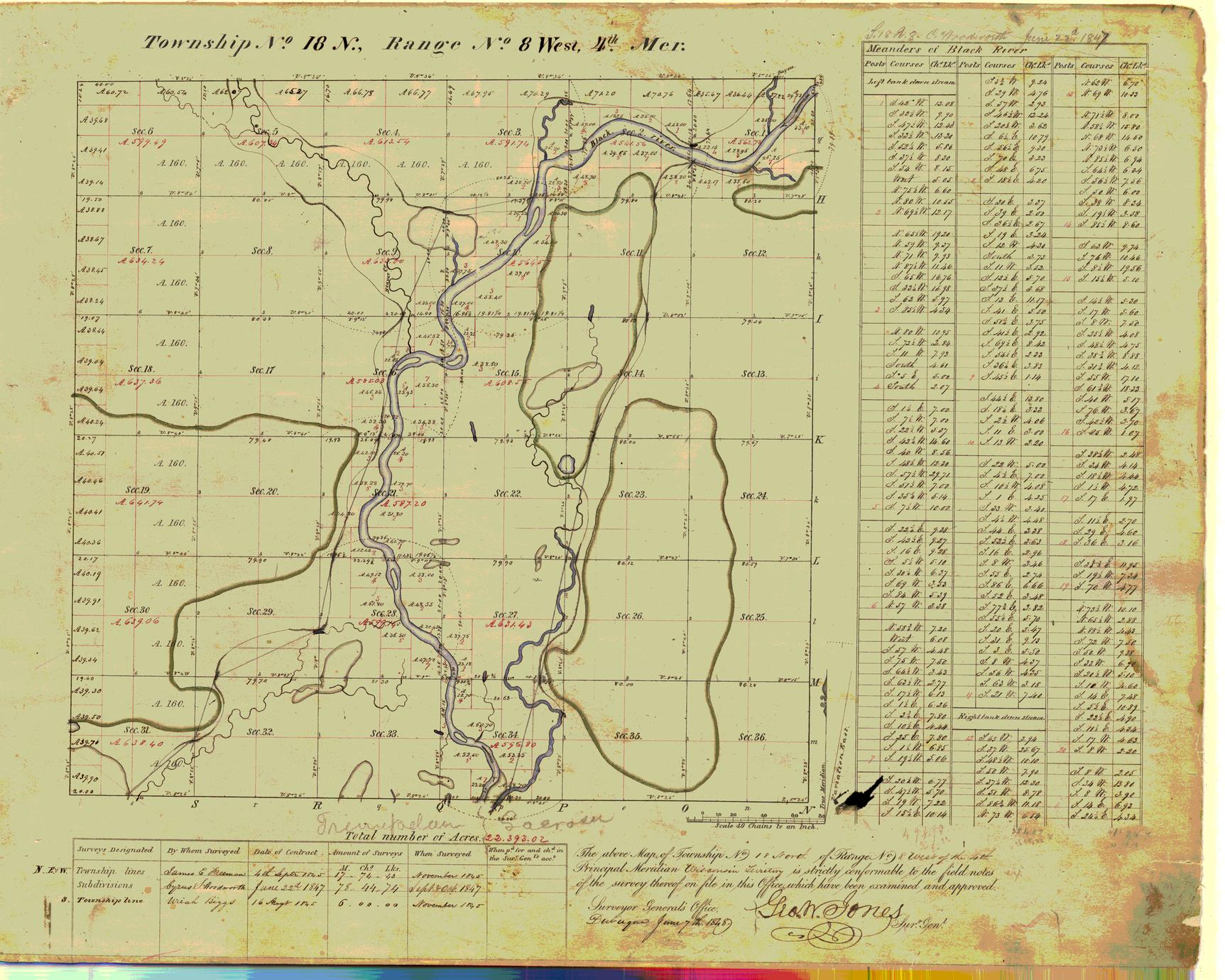
Modern mixed-use development is usually billed as a way to rejuvenate communities by creating spaces where a cross-section of a community gathers to work, live and shop. We discuss a consequence of this mentality in the section covering disadvantages of mixed-use development. This was meant to cut down illness and alleviate nuisance complaints.Īs modern communities became more mobile thanks to the prevalence of cars and the availability of cheap gas, many local authorities zoned mixed-use development practically out of existence. It wasn’t until the later stages of the industrial revolution that it fell out of favor.Īs factories got bigger and the consequences of their pollution more noticeable, municipalities adopted zoning statutes that kept residential sectors segregated from industrial districts. For much of human history, villages, towns and cities were synonymous with mixed-use development (though it didn’t have a name). One could argue that mixed-use development sprung up naturally from society’s transition from a nomadic to agrarian lifestyle.

Mixed-use developments are quite popular in urban and suburban communities these days, but the idea is far from new. Then we’ll cover the key factors working in favor of-and against-these developments. When a mixed-use development project moves from blueprints to reality, it’s because the stakeholders involved made a careful survey of the advantages and disadvantages of getting such a development off the ground.īelow, we’ll discuss the history of mixed-use development. However, despite the popularity of these developments, and despite the social benefits that developers, local authorities, residents and community organizations almost universally agree accompany them, they’re not a sure bet.

and around the world, the popularity of mixed-use development is surging.


 0 kommentar(er)
0 kommentar(er)
